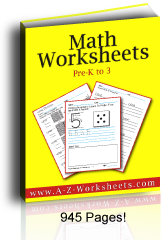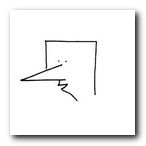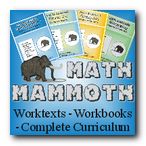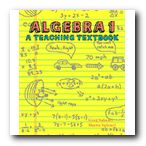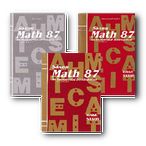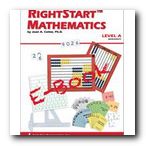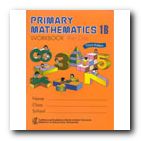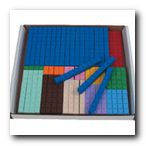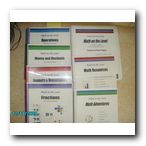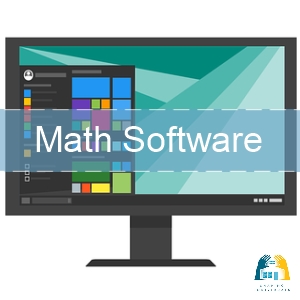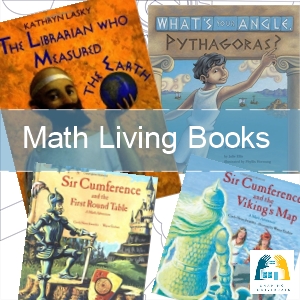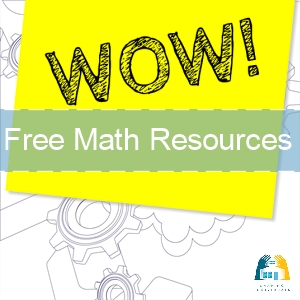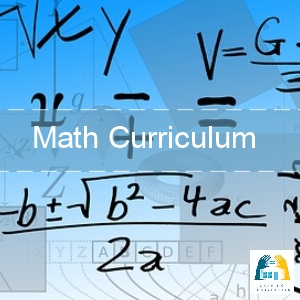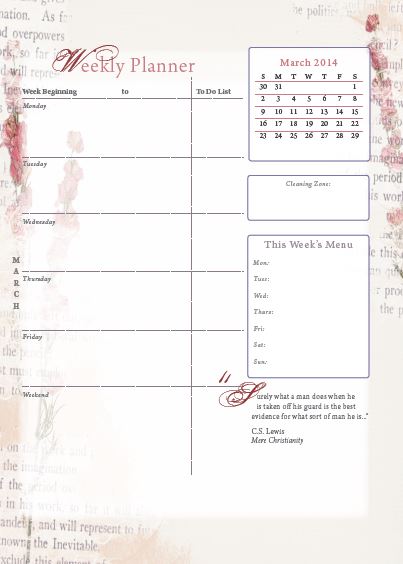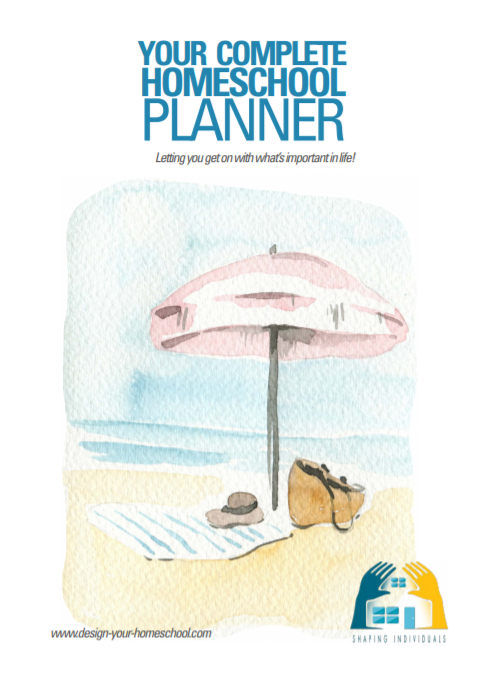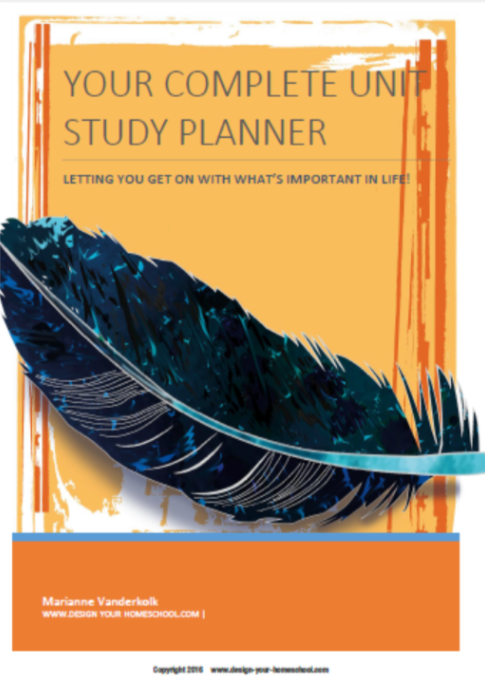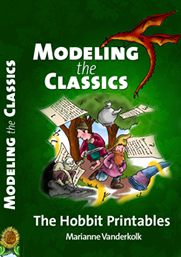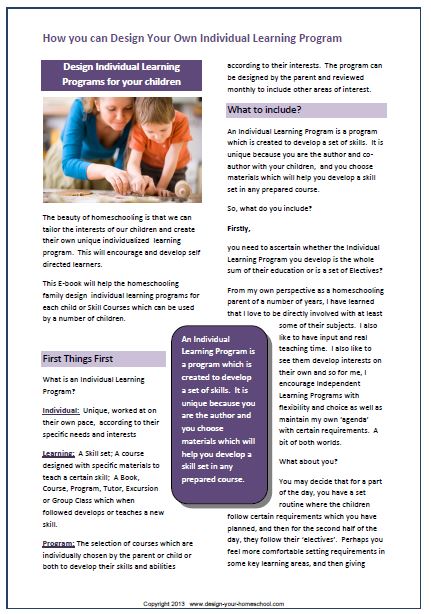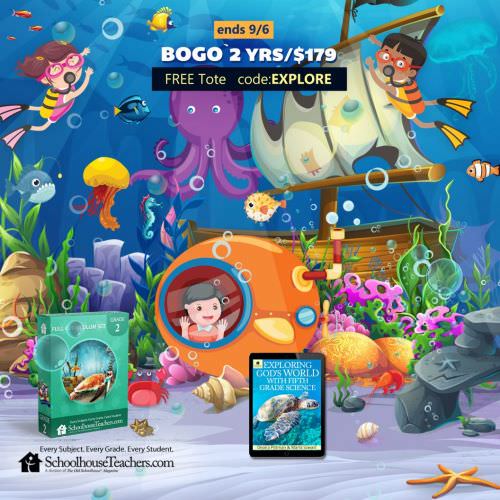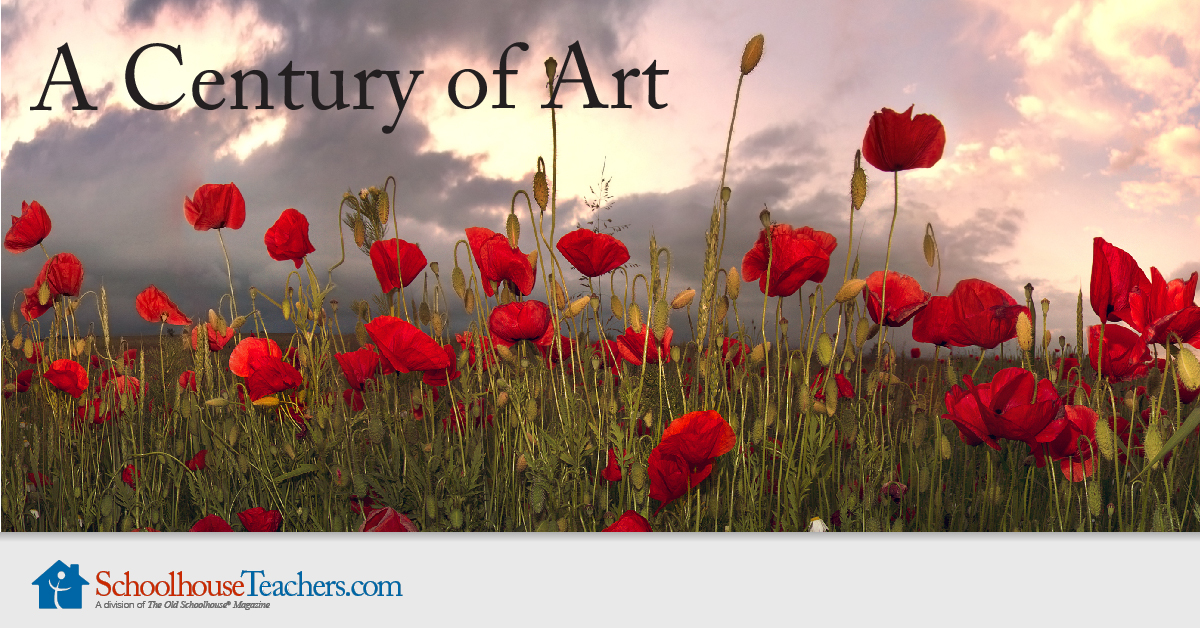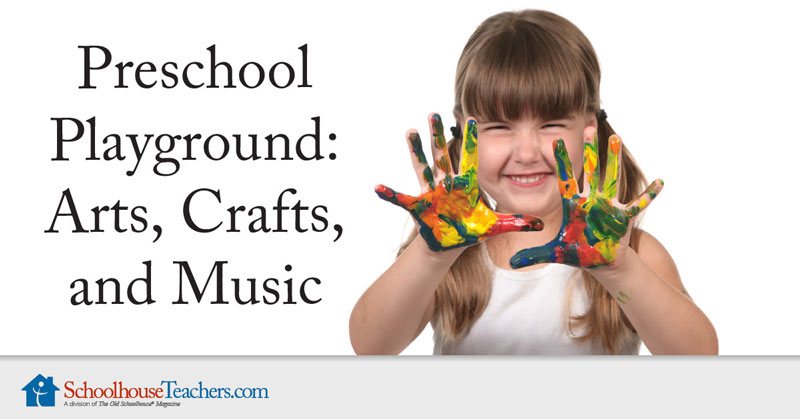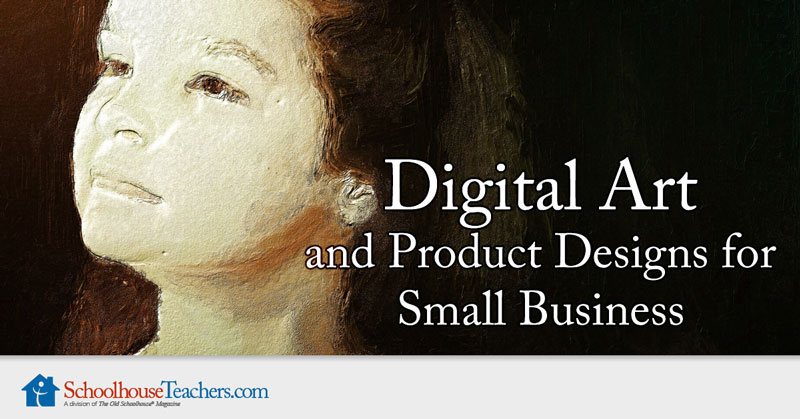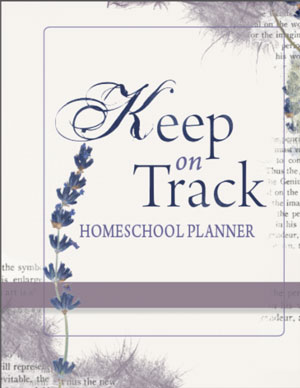Home school Math Skills - what I need to teach in Math
Stand back and consider the home school math skills your child really needs before you jump in to a math curriculum. Firstly, view the Big Picture and find out what you need to teach in Math.
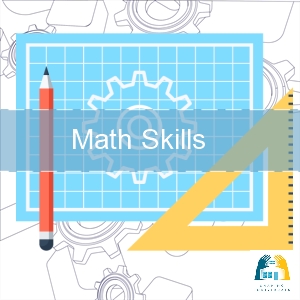
When you begin to think about - "How should I teach Math? What should I use?" , it is good to change your mindset to think in terms of "...generally.. the primary curriculum should look like this... In early high school... I should be heading in this direction..." and so on.
The math divisions listed below are not to be set in concrete. Remember the uniqueness of each child and family? Well, take that in consideration when you look at the divisions below. They are written to give you an overall perspective - not tying every loose end.
I have not included the reading of classic math books on this page, but check out the Math Story Books to read to your children.
Big Picture Home School Math Skills for Years 1-6
Working Mathematically in the Content Strands below:
As children interact in the real world, with real life problems, they will be Working Mathematically using each of the five content strands below.
Number Strand
Number refers to the development of number sense and confidence and competence in using concrete,mental, written and calculator techniques for solving problems. After children have gained a firm understanding of basic concepts such as place value, and developed strategies for using all operations with 2 and 3 digit numbers, formal written algorithms are introduced.This includes the substrands of :
- Whole Numbers
- Addition and Subtraction
- Multiplication and Division
- Fractions
- Decimals
- Integers
- Percentages
- Chance and Probability
Patterns and Algebra
Patterns and Algebra give the child the ability to develop algebraic thinking. It emphasizes number patterns and how numbers relate to each other. It encourages the child to replicate, complete, continue, describe, generalise and create repeating patterns and number patterns that increase or decrease. These number patterns can be formed using rhythmic or skip counting and can be used across the curriculum. In the late primary years, letters can represent numbers. Also, linear graphs and relationships can be introduced - practical work with mapping skills.
Data
Data is important so that children can develop the ability to understand, interpret and analyse information displayed in a variety of graphs. It also includes transferring their findings into graphs.
Measurement Strand
In the Measurement strand, the child compares, identifies and orders objects by the use of informal and formal units, selecting appropriate measuring tools to calculate length, weight, area and volume. The five sub-strands of Measurement are:
- Length (including perimeter)
- Area (and surface area)
- Volume and Capacity
- Mass
- Time
Space and Geometry
In Space and Geometry, the child studies a variety of spatial forms and describes their shape, size, pattern, position and movement. In this strand, the child recognizes, visualizes, draws shapes and describes the features and properties of three-dimensional objects and two-dimensional shapes in static and dynamic situations. In the later primary years, the properties of solids, angles and geometrical figures is also part of the curriculum.
Many of the above skills can happen in real life learning -
- baking,
- shopping,
- sewing,
- budgeting,
- banking,
- measuring,
- reading
- making maps and graphs.
Make maths a part of your conversations through the day and you will find you have included a heap of these skills without needing to slave through endless examples.
Also, some Math CDs are useful to use maths to find clues or solve problems. Check out my favourite math software here.
Home School Math Skills Years 7-9
Generally, in these years, children are continuing to apply the basic skills which they have learned in the primary years and are applying these skills to more abstract knowledge in the form of Algebra 1 and 2 and Geometry.
Ask Dr Callihan curriculum focuses on the Home school Math solutions for High school using the Harold Jacobs books, CD rom and extras for Algebra 1 and 2, Geometry and Calculus.
The way in which you continue with math at this point is often dependent on the textbook or curriculum you want to use. Some texts will use a more spiral approach in which they touch all strands (Number, Pattern and Algebra, Data, Measurement, Space and Geometry) each year, building knowledge upon prior knowledge.
Other texts will focus more specifically on a strand of knowledge and develop understanding in this field. (e.g. Algebra 1; Algebra 2; Geometry..)
See my home school math curriculum page for more information on curriculum which use the spiral or horizontal approaches.
In these years children are making connections between various operations, making judgements on applying their mathematical skills, so it is important that they have had a solid foundation on which to build these new skills.
Years 10-12
Completing further maths and the type of maths your child may do, will be dependent on the goals you have for your child and the field in which they are heading. If they are heading in a scientific field, yes, your child will be needing further math! In these years, your child may be ready for Trigonometry, Pre-Calculus and Calculus.... and beyond.
Homeschool Math Curriculum Description and Reviews
Where to from here?
Back to the Home school Math Overview
